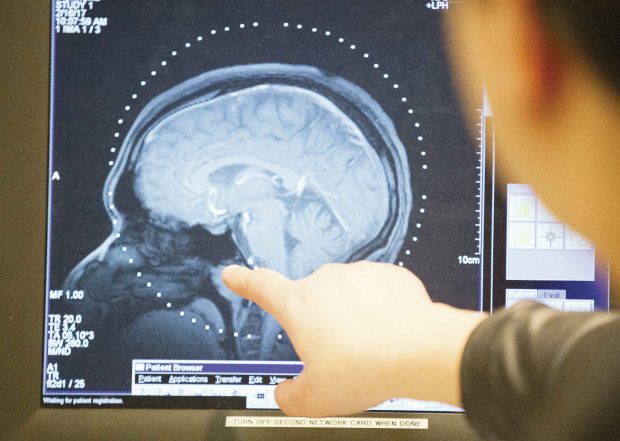What does the phrase “feeling beauty” mean?
Starr: “Beauty” is probably the oldest and most inclusive term for the vast set of responses we have both to works of art and to powerfully compelling parts of the natural world; “beauty” is also an important term in that, unlike many other words we use to describe aesthetic experience (like “divine,” “thrilling,” “sublime,” “awesome,” “delightful,” “awful,” or even “nice”), it has a primarily aesthetic and broadly employed range of reference. “Feeling beauty,” however, emphasizes not just the value of terms like “beauty” and its kin, but “feeling”— the principle that all aesthetic responses call on feeling, and they link feeling to knowledge in surprising, dynamic ways. Aesthetic responses in this sense that matters in my book are not any responses to a work of art, but a subset of such responses—the felt engagement with art and with other objects we might approach because they move us.
How does understanding the neural underpinnings of aesthetic experience reshape our conceptions of aesthetics and the arts?
Starr: Aesthetic experience restructures our ways of knowing the world by changing the ways that we assign value to the world. By exploring the neural underpinnings of aesthetics, we can begin to see how this happens and to understand why aesthetic experiences may call on our most powerful kinds of mental representation, as well as how they become foci for linking the internal and external worlds.
How do works that address different senses using different means seem to produce the same set of feelings?
Starr: Perception is not even the beginning when it comes to aesthetic experience—not only is what we perceive conditioned by our past experience and the limits of our bodies, but aesthetic experience brings a range of internal perceptions and processes into close relation with external sensory experience. So the perceptual differences that shape works of art are not the most central key. Powerful aesthetic experience means in part that we are accessing the systems we use for understanding internal life, as well as those for engaging the outer world. Thus, the arts may affect us not primarily by the senses, but by speaking to a core set of human neural systems, chief among them our systems for emotion, memory, semantic processing, imagery and inwardly directed thought.
What lessons can we draw about the embodied nature of aesthetic experience and the hidden unity of seemingly disparate arts?
Starr: Some theorists of the aesthetic would like our response to art to be purely immaterial, or if they grant that there is a material underpinning to our experience, they do so only to dismiss the possibility of learning anything about the aesthetic by studying this material foundation, or they claim that this foundation is no more than trivially important.
On some level I find this puzzling. Human beings have a material existence that shapes and enables every breath we take, every thought we entertain, every moment of bliss or disbelief.
Aesthetic experience is in fact embodied. Seeking to understand the aesthetic, then, means that we ought to seek to understand how that experience is shaped by the bodies in which we live. Learning about the human body is a worthy undertaking in itself. The brain is only one part of this equation, but it is a crucial part. The question then is whether we learn anything about aesthetics when we use the tools of neuroscience to do so.
One major critique of neuroaesthetics relies on the idea that what we want to know about art primarily is how to interpret it. But the study of art and how it affects us is not only a hermeneutic problem, it is an epistemic problem, an affective problem, a moral problem, an historical, economic, social and even an evolutionary one. No single discipline carries all the answers that we might want to pose about art and aesthetic experience.
Cognitive and behavioral neuroscience contributes something particular to the study, in my view, not so much of art objects as of our responses to them, and our responses to the broader world that calls to us in terms of beauty and its kin. Neuroscience can help us understand part of the story of emotions, of memory, and even of how we relate domains of experience together.
Neuroscience doesn’t have all the answers, but it has given us many new things to ponder about how we live in the bodies that help make us human. The road is long, but we can have a lot of fun on the way.
Reprinted with permission from MIT Press

